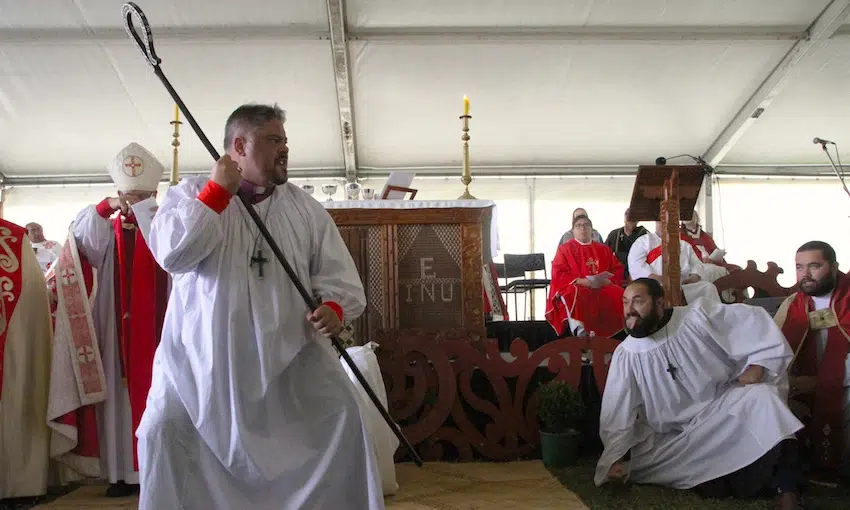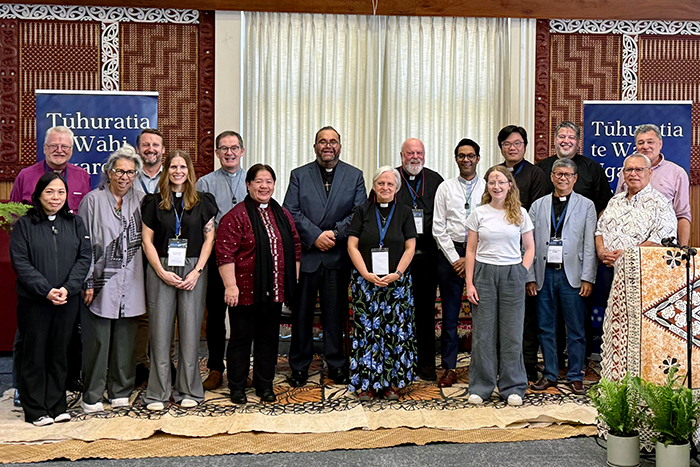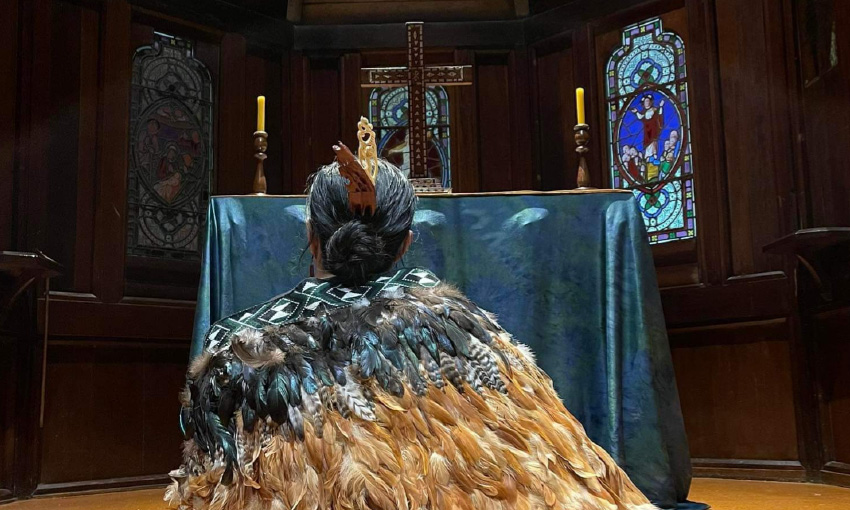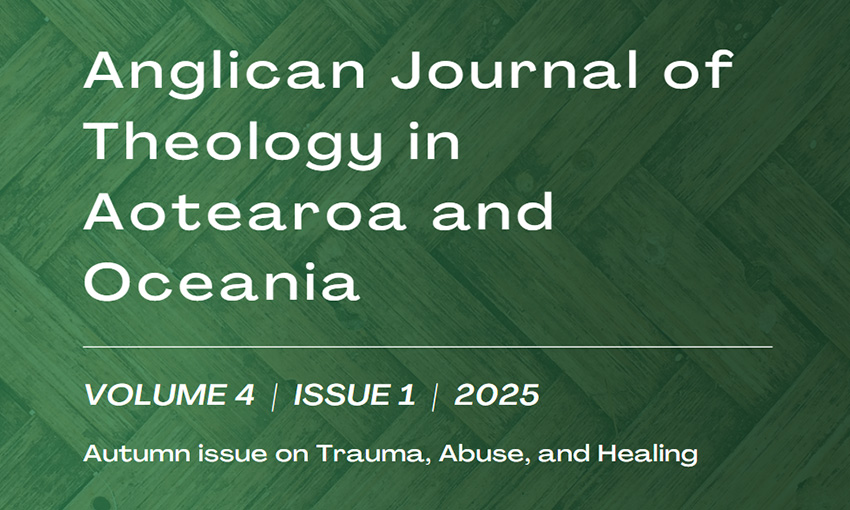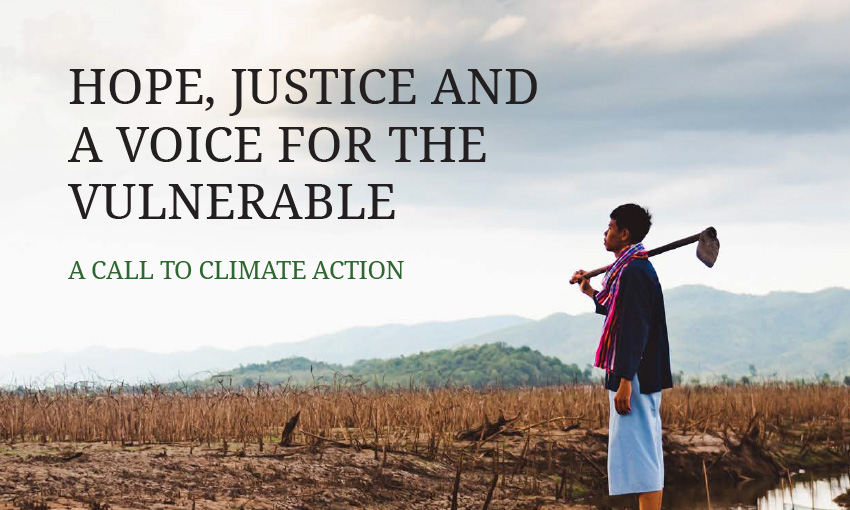Excerpted from The Spinoff:
In his new book, Anglican minister and historian Dr Hirini Kaa tells the 200-year story of iwi engaging with the church. Here he shares some of the threads of his life that led to writing Te Hāhi Mihinare – The Māori Anglican Church.
By The Reverend Dr Hirini Kaa
All of us grow up with multiple identities, multiple ways of seeing ourselves (and being seen). I was working class Ōtāhuhu Pākehā from my grandparents; middle class white boy from my school; proud Ngāti Porou descendent every holiday back down the coast; and so on.
But possibly most of all I was Mihinare – a Māori Anglican. That meant that nearly every day was being part of a religious community at Tatai Hono marae on Khyber Pass Rd, where my dad, the late Hone Kaa, was the minister. So I had aunties and uncles and cousins from Ngāti Kahu, from Te Aupōuri, from Tainui – from the north, south, west and of course, the east.
This community and its rhythms fed my life, not just on Sundays, but every day. It was conservative in many ways – disapproving of many of our young behaviours, and of much of the change Aotearoa was going through in the 1980s. It was also capable of radical, prophetic acts, such as hosting and powering the Waitangi Action Committee and the Hawke whānau after the terrible events at Takaparawhau. In my Mihinare world we would have governors general, judges, Mongrel Mob members and Asian liberation theologians all mixing and mingling. We were even spied on by the SIS during the Springbok Tour. It was transformational, often transcendent. And all having its roots in an obscure English religious cult meeting mātauranga Māori.

